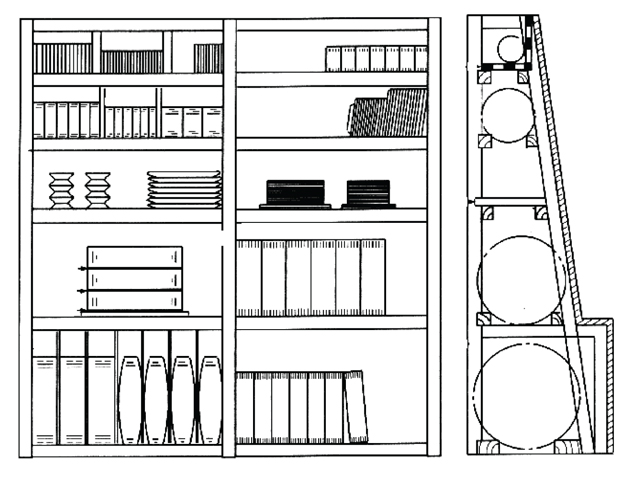


| Type of wheels | Risk factor | Threats | Recommendations |
|---|---|---|---|
| Bonded: Ceramic and Resin |
Hitting and falls | Microcracks threatening to rupture the grinding wheel while working Cracks and chipping visible to the naked eye |
- Careful handling during transport and storage. - Unacceptable stroke or movement of the grinding wheel during transport. - Avoid contact with hard surfaces during transport (use rubber lining, etc.). - Use cushioning spacers (e.g., a cardboard between the grinding wheels, particularly during transport. - Dirty wheels cleaned with a brush or compressed air . |
| stresses | Of J.W. Distortion wheels |
- Ensure equal, smooth and clean base (preferably wooden) for wheels arranged in stacks . | |
| Gets wet | static unbalance Corrosion binder |
- Thoroughly dry the get wet wheels. - Extend the period of inactivity after running wheel. - Examine the sound of wheels. |
|
| moisture | Corrosion binder | - Store in a dry and ventilated. - The most appropriate storage conditions: 25 |
|
| Resin bonded | alkaline environment | Corrosion binder | - Avoid storing wheels together with chemicals. |
| Changes in temperature | Corrosion binder | - Do not expose the wheels to extreme temperatures. - Avoid unilateral overheating (such as keeping too close to the radiator). |
|
| Storage time (also under the right conditions) | The progressive weakening of the binder (faster in the wrong storage conditions) |
- Grinding wheels, resin must be used within 3 years from date of manufacture. - Grinding Resin stored more than three years should be re-tested by the manufacturer. |
|
